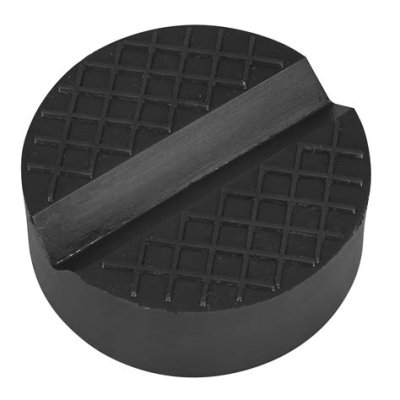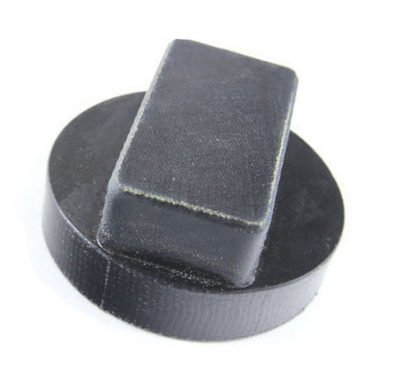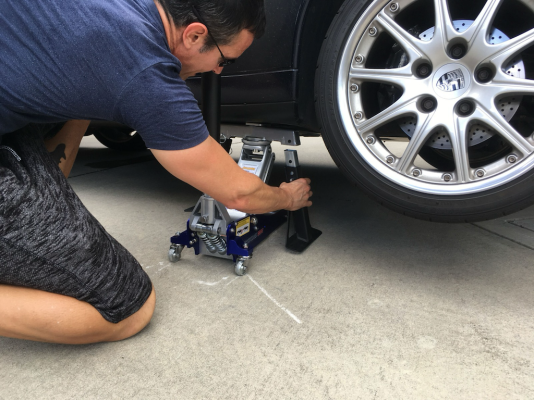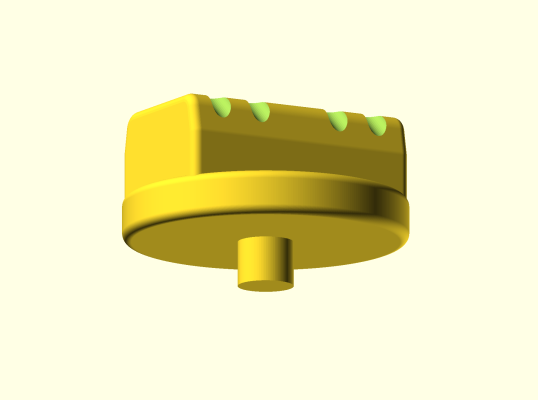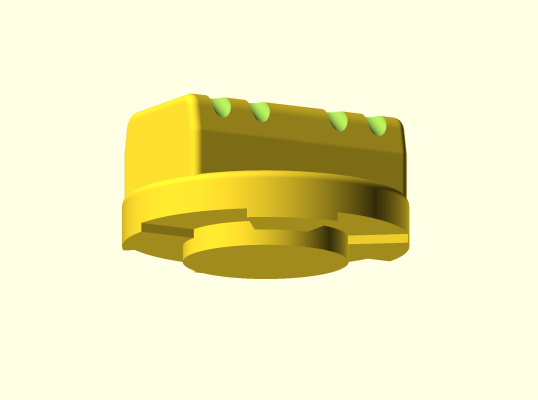Bellow
Hardcore MB Enthusiast
'Build it and they will come' is one expression. 'Give the people what they want' another. But if the people won't say what they want....
I've been asking questions on the tail end of this thread >> Safe use of jacks | General Discussion with little response hence a new separate thread for some answers.
I'm in the process of designing a piece of kit for vehicle lifting and support which will be better than the jack/stand in the photo I posted and guaranteed better than anything you are currently using this side of post ramps.
What I need to know though is the preferred option for where the jack and/or stand meets the vehicle. Principally, I need to know whether you use the edge of a welded seam (AKA pinch welds) or, have an even horizontal surface that bears the weight when jacking/supporting at the sills. My assumption so far is that jacking to axle stand height is done at a single point (eg, under diff) and requires full height to be attained that way. Some questions then.
In prospect here is a device that will more safely lift a vehicle to height for working underneath it and will lock as positively (physically) as an axle stand with its wide stable base. If sized to slip under the sills of an unlifted vehicle they will be a very easy way to lift the tyres free from the ground thus reducing the risk of flat-spotting tyres on vehicles that are in storage. To outline but two of the potential uses.
I intend manufacturing these to sell but I need to know what is wanted so please give me some guidance here. Whatever lifting and support methods you are using there is a better solution available - your opportunity to tailor it your exact requirements is here. TIA.
I've been asking questions on the tail end of this thread >> Safe use of jacks | General Discussion with little response hence a new separate thread for some answers.
I'm in the process of designing a piece of kit for vehicle lifting and support which will be better than the jack/stand in the photo I posted and guaranteed better than anything you are currently using this side of post ramps.
What I need to know though is the preferred option for where the jack and/or stand meets the vehicle. Principally, I need to know whether you use the edge of a welded seam (AKA pinch welds) or, have an even horizontal surface that bears the weight when jacking/supporting at the sills. My assumption so far is that jacking to axle stand height is done at a single point (eg, under diff) and requires full height to be attained that way. Some questions then.
- Is lifting at the seam unavoidable and if so, are you happy for the seam to take the load or do you want/use some slotted intermediate to bypass the seam and contact the horizontal surfaces higher up either side of it?
- If lifting is on a flat horizontal surface (eg, designated jacking pad) do you insist on some non-metallic intermediate (eg, hockey puck) or are you happy with metal to metal?
- Is a hybrid of the above acceptable eg, lifting with metal to metal but axle stand support being non-metallic?
- Is there a need for the traditional U shaped lift point of the type used for true axles?
- Is there a desire for the axle stand to be placed under the sill prior to any lifting and if so, what is the height available (between sill and ground) for that?
- Would you prefer single, designated lifting point or, it be supplied with alternative lifting points that can be removed/fitted depending on the vehicle's requirements
- Any other aspects/features you would want incorporated?
In prospect here is a device that will more safely lift a vehicle to height for working underneath it and will lock as positively (physically) as an axle stand with its wide stable base. If sized to slip under the sills of an unlifted vehicle they will be a very easy way to lift the tyres free from the ground thus reducing the risk of flat-spotting tyres on vehicles that are in storage. To outline but two of the potential uses.
I intend manufacturing these to sell but I need to know what is wanted so please give me some guidance here. Whatever lifting and support methods you are using there is a better solution available - your opportunity to tailor it your exact requirements is here. TIA.

